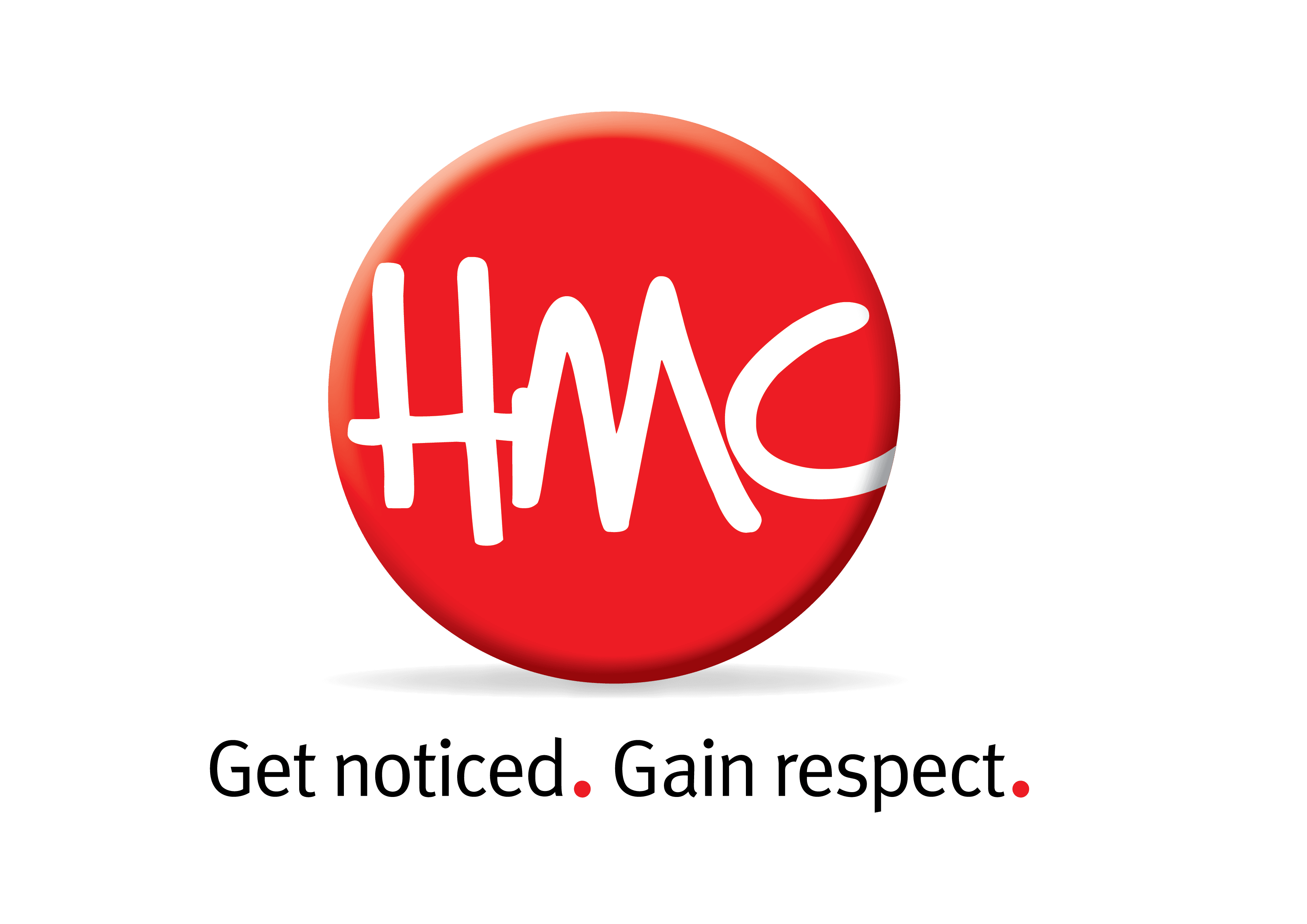Bus commuters in Hamilton may have noticed something a bit different at a few bus stops lately with the installation of graphic display signs at five bus stops around town.
These are real time information display units, also known as eStops, and they update bus information in real time so passengers know exactly how far away their bus is. Currently they are at bus stops on Grey Street, Anzac Parade, Lynden Court, Whatawhata Road and The Base.
Hamilton is the first city in New Zealand to trial the display units. Only a handful of others are in use around the world.
The company behind it is Wellington-based Radiola Smart Transit, part of aerospace technology company Radiola Aerospace.
Radiola Smart Transit’s executive director Richard Thompson says while it might not seem like it on the outside, real time information display units and aerospace technology actually have a lot in common.
“About 10 years ago we saw how the kinds of technology we use in the aerospace industry, such as GPS, precision devices, navigation and tracking, could apply to real time information (RTI) systems.
“When you boil it down, both are about collecting and analysing huge amounts of information and making precise recommendations for the end user based on that data.”
The company’s first foray into RTI for public transport came in 2006 when it partnered with Waikato Regional Council, who contract and manage Hamilton’s bus services, to upgrade the bus network to take advantage of real time information, allowing passengers to track bus arrivals via a solar powered bus stop sign.
Radiola Smart Transit has been running Waikato Regional Council’s real-time passenger system for more than 10 years now, also operating and managing the buses’ hardware, reporting software and full system maintenance.
The real time information display units are being trialled as part of the wider upgrade to Hamilton’s bus network. Waikato Regional Council’s public transport manager Andrew Wilson says the council is excited to be trialling this new technology.
“Our network improvements are all about making bus travel that much easier for our passengers, and we’ve had really good feedback on the signs so far,” he says.
“They’ve been in place for just over a month and passengers seem to really appreciate having bus arrival times available immediately like this.”
Radiola Smart Transit are among only a few companies worldwide working on technology like this.
Thompson says all going well, real time information display units will become a regular feature on bus routes throughout the country, replacing static paper signs and LED displays.
“The information that public transport operators can collect from their passengers, such as journey frequency, duration and other individual preferences, is more enhanced than it was 10 or so years ago.
“As a result, public transport operators can take that information and use it to benefit the passenger’s transport experience, whether that’s allowing passengers to track the arrival of their bus, receive service disruption alerts or find out what other public transport options might be available – all in real time.”
And he says thanks to real time information display units, people won’t necessarily need a mobile device to benefit.
“The natural progression of real time technology is in the outdoor signage we’re doing. You’re providing an online experience offline and making lots of different information available in one place – without having to get your phone out to look something up.”
Not unlike a Kindle or other e-reading device, real time information display units use an e-paper display technology to show up-to-the-minute information on when a bus service is due to arrive at a stop. The signs are solar powered, durable, and weather resistant. And unlike LED signs, you can read them in bright sunlight.
And Thompson says this is only scratching the surface of what the technology can do.
“The real time information that’s inside the display units is connected to open-source information, which also feeds web tools such as Google Maps. Being connected to open-source information means e-paper isn’t restricted to the framework of one specific provider, so it can be flexible and keep updated alongside other major software updates,” he says.
“The signs are also controlled remotely, and updates to signage can be made in seconds. Graphically, there’s loads of potential to move into using images and other screen customisation, which would be great for advertising.”
Radiola partnered with Australian engineering company, Mercury Innovation, to make the real time information display units that are currently installed around Hamilton.
“They were the first to use e-paper display technology for road clearway signage, something they’ve been doing now for a few years,” says Thompson.
“We came to them with the concept for the display units because we knew they had years of experience working with this technology.
“This is the first time they’ve made smaller display sizes, but it’s working brilliantly. Their innovation and expertise has been adapted into a sturdy sign that can withstand the elements.
“We’re really excited about the future of this technology and looking forward to seeing what comes next.”

